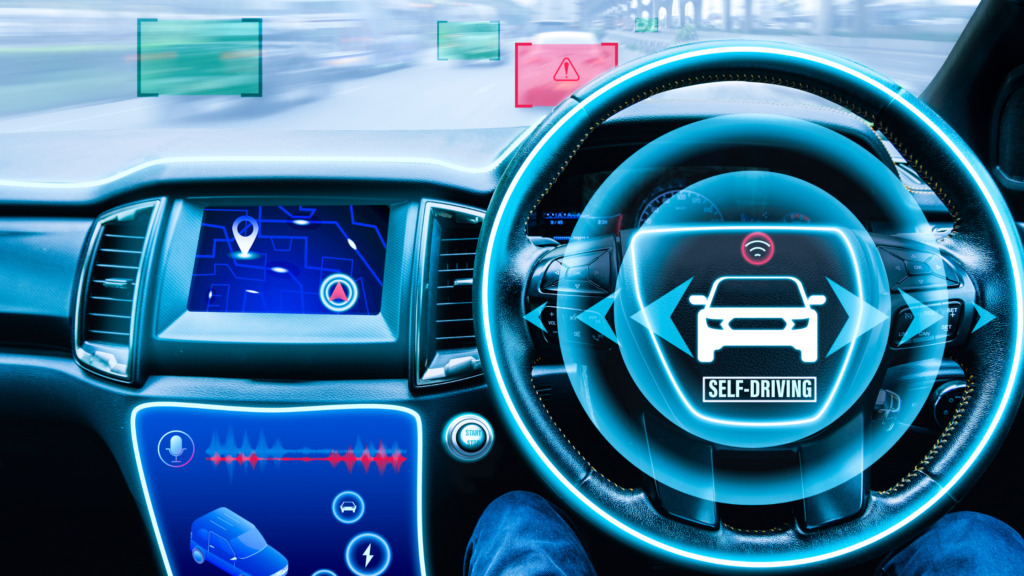The concept of autonomous trucks is no longer a distant dream but an imminent reality. As technology advances, the haulage industry is on the brink of a significant transformation towards full automation. This blog explores the current state of autonomous trucking, its benefits, and the challenges that lie ahead.
Current State of Autonomous Trucking
Autonomous trucks, equipped with state-of-the-art sensors, cameras, and AI systems, are being tested and deployed by leading companies like Waymo, TuSimple, and Embark. These trucks can navigate motorways, change lanes, and even handle complex driving scenarios with minimal human intervention. The technology is advancing rapidly, with some trucks already operating in semi-autonomous modes on select routes.
Key Technologies Driving Automation
- Lidar and Radar Sensors: These sensors provide high-resolution, 360-degree views of the truck’s surroundings, enabling precise navigation and obstacle detection. They are crucial for safe and reliable autonomous driving.
- Artificial Intelligence: AI algorithms process vast amounts of data from sensors to make real-time driving decisions. Machine learning models continuously improve by learning from diverse driving scenarios, enhancing the truck’s ability to handle complex situations.
- Vehicle-to-Everything (V2X) Communication: V2X technology allows autonomous trucks to communicate with other vehicles, infrastructure, and traffic management systems. This connectivity enhances situational awareness and enables coordinated manoeuvres, improving overall traffic flow and safety.
Benefits of Autonomous Trucks
- Safety: Autonomous trucks have the potential to significantly reduce accidents caused by human error, such as fatigue, distraction, and impaired driving. Advanced sensors and AI systems ensure precise and consistent driving behaviour.
- Efficiency: Autonomous trucks can operate 24/7 without the need for rest breaks, maximising asset utilisation and reducing delivery times. Optimised driving patterns and platooning (driving in close formation) further enhance fuel efficiency.
- Cost Savings: Reduced labour costs, lower accident rates, and improved fuel efficiency translate to significant cost savings for haulage companies. These savings can be reinvested in further technological advancements and fleet expansion.
Challenges and Considerations
- Regulatory Hurdles: The deployment of autonomous trucks requires a supportive regulatory framework. Governments need to establish clear guidelines and standards to ensure safety and facilitate the integration of autonomous vehicles into the existing transport infrastructure.
- Public Acceptance: Gaining public trust in autonomous technology is essential. Educating the public about the safety and benefits of autonomous trucks can help alleviate concerns and build acceptance.
- Cybersecurity: Autonomous trucks are vulnerable to cyber-attacks that could compromise their safety and functionality. Robust cybersecurity measures are crucial to protect the technology from malicious threats.
The future of haulage lies in the hands of autonomous trucks, promising a safer, more efficient, and cost-effective industry. While challenges remain, the rapid advancements in technology and supportive regulatory efforts are paving the way for full automation. Haulage companies that embrace this transformation will lead the way in revolutionising logistics, setting new standards for the industry.



